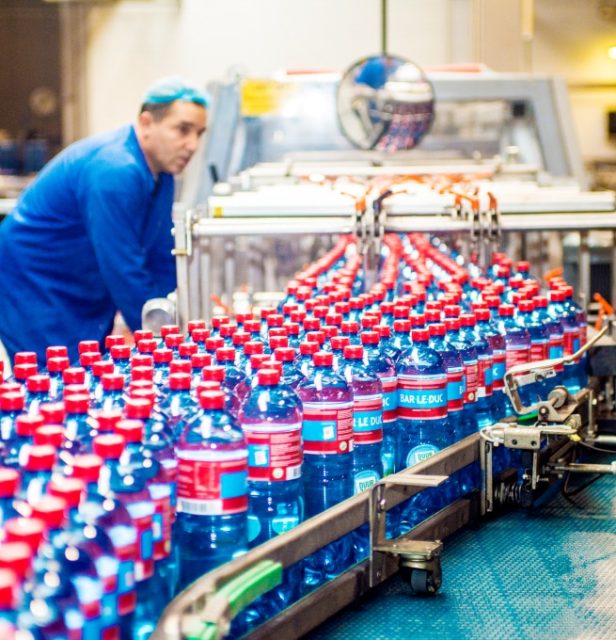
But let’s face it, it’s also a lot of packaging. So, as pioneers of sustainability, we thought it only logical to create a bottle that has as little impact on the environment as possible. That’s why all Bar-le-Duc water comes in a 100% recycled bottle. This means that we don’t use any virgin raw materials to make our bottles. This makes us the first and only mineral water brand in the Netherlands to be so environmentally conscious. The new standard, you might say.
The small plastic bottles you take with you on your travels, and the 1 ½-liter bottles in your fridge, are almost always PET bottles. PET is polyethylene terephthalate. It’s a super handy plastic because it’s strong and almost impossible to break. A PET bottle is much lighter than a glass bottle. This has the advantage that it uses less fuel to transport.
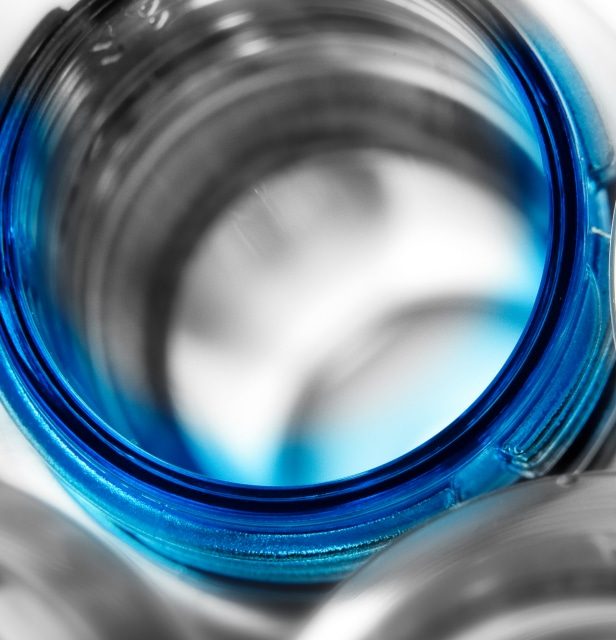
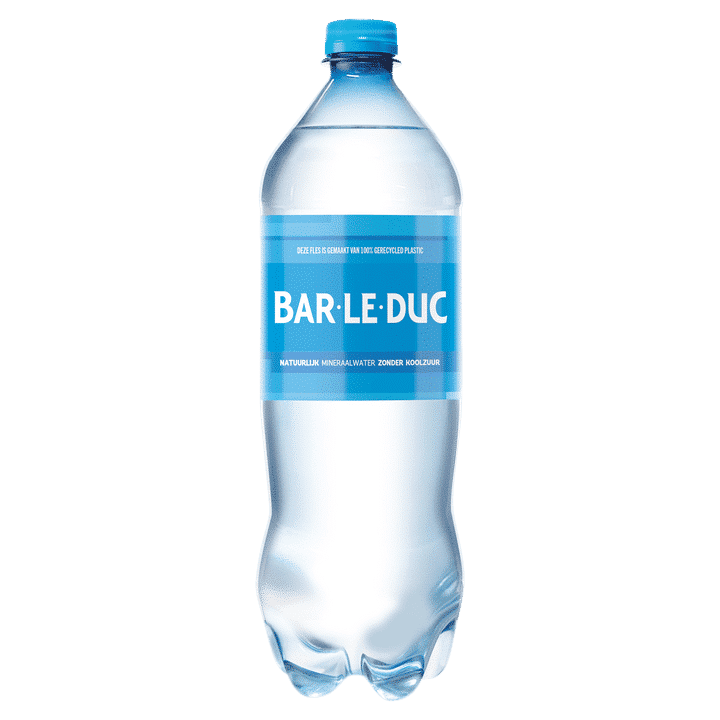
Large plastic soda bottles have a deposit, and it works very well because almost all of these bottles are returned. And that’s important because plastic is made from oil. So by recycling the bottles, we save fossil resources and reduce CO2 emissions.
After collection, the bottles are cut up and washed, and then the pieces are melted down into granules. This is the raw material for our new PET bottles. So we don’t have to make new plastic. We call it bottle-to-bottle. We’re quite proud of it.
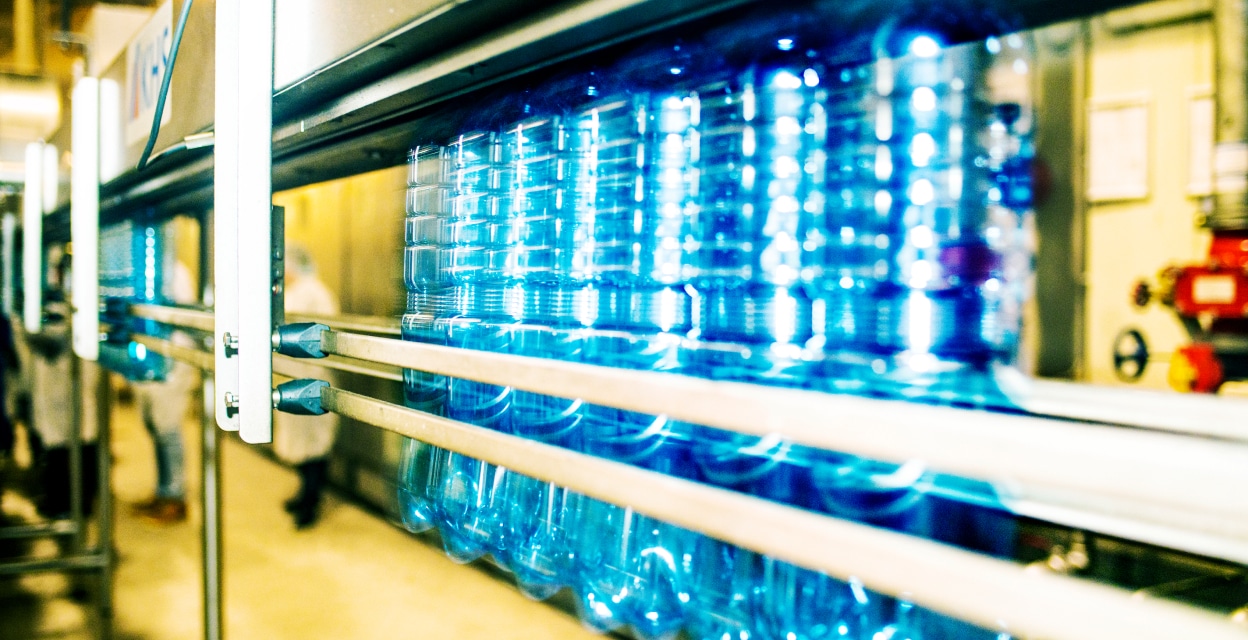
In fact, as a pioneer in environmentally conscious packaging, we have introduced the new standard, going beyond the legal standard that states that plastic bottles must consist of 28% recycled material. We aim for the maximum 100%, but it doesn’t stop there…
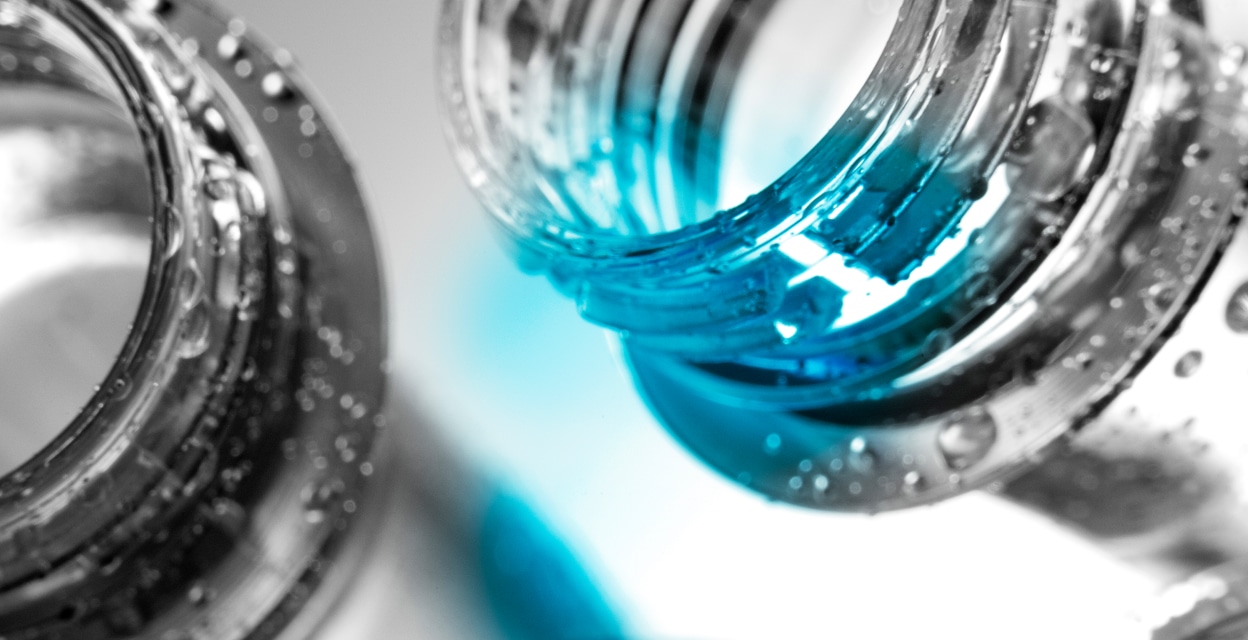
In fact, as a pioneer in environmentally conscious packaging, we have introduced the new standard, going beyond the legal standard that states that plastic bottles must consist of 28% recycled material. We aim for the maximum 100%, but it doesn’t stop there…
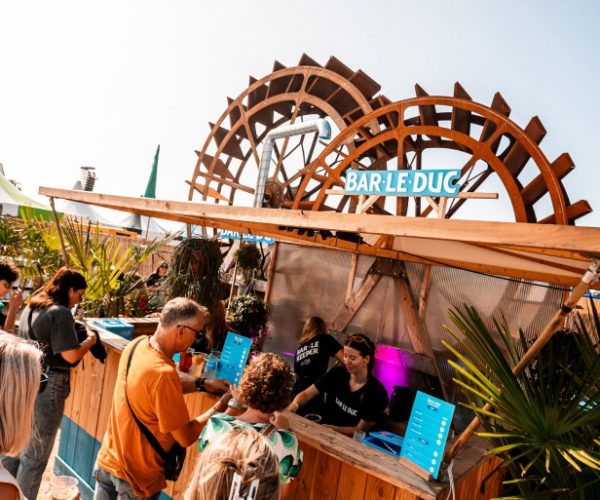
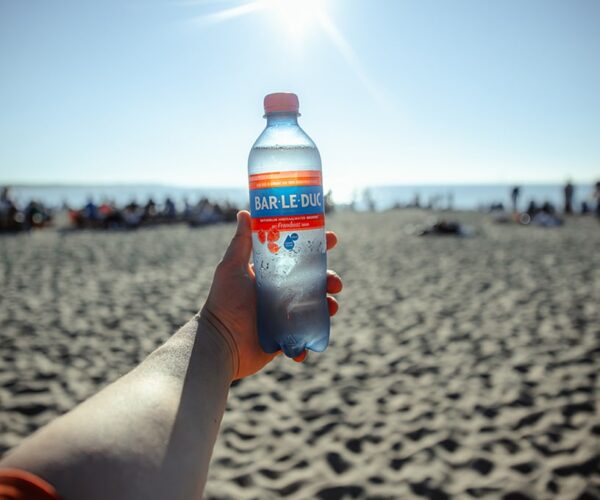
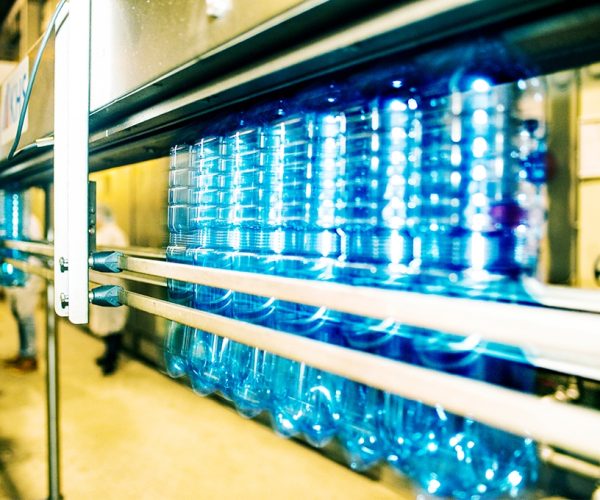
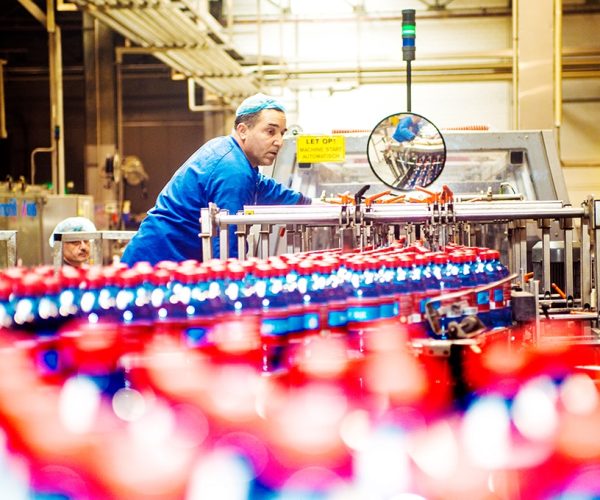
Find answers to frequently asked questions about Bar-le-Duc
Bar-le-Duc is a pure mineral water, created by the rain that fell on the Utrecht Hill Ridge some 1200 years ago. At that time there was no air pollution. The water, which is now protected by many layers of clay at a depth of about 150 metres, is bottled directly from the source.
Mineral water at source can only undergo a limited number of operations before it can be marketed as natural mineral water. In general, nothing may be added to the water (except carbon dioxide) and substances such as iron and manganese may only be removed by aeration and filtration. These substances give the water an undesirable taste and colour. We apply this to the Bar-le-Duc water: first, the water is aerated with sterile air. This converts the manganese and iron in the water into manganese oxide and iron oxide. These substances are then separated by filtering the water. After this treatment, the water is ready for bottling
.
Bar-le-Duc is a pure mineral water, created by the rain that fell on the Utrecht Hill Ridge some 1200 years ago. The water has slowly seeped into the ground to a depth of about 150m, where it is protected by a thick layer of clay. Along the way, the many layers of earth have purified the water and the water has absorbed the minerals. This water is then bottled directly from the source.
The most characteristic difference between tap water and mineral water is that the composition of mineral water is constant, while tap water can change due to the alternating use of surface water and spring water.
Tap water may have undergone all sorts of operations, such as treatment with chlorine or ozone, filtering with carbon, etc. This is not allowed with mineral water! This is not allowed for mineral water! Natural mineral water does not contain any additives and has not been filtered, chlorinated or ozonised.
The water from the Bar-le-Duc springs fell as rain hundreds of years ago and picked up some minerals on its way to the source. The mineral water is constantly monitored to ensure its original composition, just as it was when the source was discovered.
Natural mineral waters, such as Bar-le-Duc, naturally contain various minerals. The abbreviations on the packaging represent these minerals, expressed in milligrams per litre of water.
Ca: calcium
Mg: Magnesium
Na: Sodium
K: Potassium
F: Fluorine
Cl: Chloride
SO4: Sulphate
HCO3: Hydrogen carbonate
NO3: Nitrate
Bar-le-Duc water is naturally low in sodium, making it very suitable indeed for the production of baby food.
At Bar-le-Duc, we are committed to sustainability. For example, since 2015, our PET bottles have been made from 100% recycled material. We also try to make our factory as sustainable as possible. For example, our entire roof is full of solar panels and the source is directly above the factory. This ensures that our entire production process is much more efficient. We also continue to work with the Landscape Heritage Foundation to preserve the landscape. This is how we try to play our part in sustainability with Bar-le-Duc.